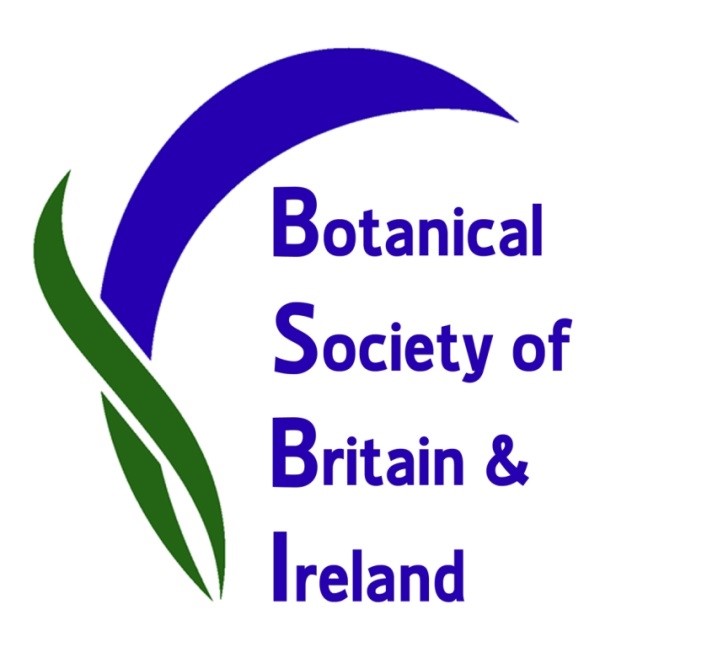Dumfriesshire Botany Group at Tarras Reserve, 20th June 2025
We have been visiting the community owned Tarras Nature Reserve annually to help establish a baseline of what botany exists. This year six of us met to continue this effort on what turned out to be the hottest day in Scotland so far this year. This year’s square was NY4189 including Cooms Farm and the area south of this. This square had 11 previous records on the system, some from 1978 by Mary Martin and a few recent records. We parked in the square opposite the bridge to the plantation that is not in the reserve. As last year we first checked the Heath Cudweed Omalotheca sylvatica on the track in the plantation. This was just beginning to grow and had not yet produced flowers.
So we started recording by the cars and then worked our way down river along the Tarras Water. A feature in the sun was the shiny flowerheads of Downy Oat-grass Avenula pubescens waving in the light breeze. This is usually present in unimproved neutral to calcareous grasslands in our hills. It tolerates some grazing but not fertilizer application so is a good indicator of old grassland. Another feature was that the most diverse grassland was in the zone between the road and the river including in the inundation zone. Here with the Oat-grass there was a good population of Northern Marsh-orchid Dactylorhiza purpurella growing with amongst other things Crosswort Cruciata laevipes, Water Avens Geum rivale, Wood Cranesbill Geranium sylvaticum, Bird’s-foot-trefoil Lotus cornicuatus, Ragged Robin Silene Flos-cuculi, Marsh Marigold Caltha palustris, Quaking Grass Briza media and Glaucous Sedge Carex flacca. Where the banks had rock outcrops we added Wild Thyme Thymus drucei, Fairy Flax Linum catharticum, Burnet saxifrage Pimpinella saxifraga, Ladys Bedstraw Galium verum, Slender St John’s-wort Hypericum pulchrum and Harebell Campanula rotundifolia.
Where flushes worked down the slope below the road these were normally marked by the darker green stands of Sharp-flowered Rush Juncus acutiflorus. In one flush that was less rushy we found Broad-leaved Cotton-grass Eriophorum latifolium, Tawny Sedge Carex hostiana, Marsh Valerian Valeriana dioica, Common Butterwort Pinguicula vulgaris and Bog Asphodel Narthecium ossifragrum.
In one or two places along the rivers edge the rusty flowers of Coppery Monkeyflower Erythranthe x burnettii were seen. The Tarras remains the only water course in Dumfriesshire with this garden escape. Two willow hybrids were recorded, the pretty common Salix x multinervis (S. aurita x S. cinerea) and the probably under recorded Salix x puberula (S.cinerea x S. myrsinifolia). The latter has leaves that darken a little but retain the oblanceolate shape of S. cinerea and have prominent often brown tinged veins below. By the time we had worked our way to near the bottom of the square we had over 100 species. We had lunch on a bank where there was just enough breeze to reduce the heat a little.
After lunch we worked back towards the cars and then decided that we should follow the Rowan Sike up stream to look at the hill ground. With the cars parked at 220m the square included hill slopes that just reach 400m and these had a broken rocky scarp with slumped ground below.
The lower Rowan Sike was cut down into the bedrock and had rocky bluffs supporting a few Rowan Sorbus aucuparia trees. On the first rocky area the fern Black Spleenwort Asplenium adiantum-nigrum was visible. This had not been recorded since 1978. A little further on a rocky bluff has the Maidenhair Spleenwort Asplenium trichomanes subsp trichomanes, the more delicate subspecies and a small patch of Mossy Saxifrage Saxifraga hypnoides. The latter is the first record from NY48 since 1958. As the sike became more shallow fewer tress survived the grazing but the presence of woodland indicators like Beech Fern Phegopteris connectalis and Oak Fern Gymnocarpium dryopteris and the shade tolerant Pale Sedge Carex pallescens suggest an earlier more wooded condition and it would be good if this can be restored as the nature reserve develops.
Our final effort was to follow a burn upslope to check out the rocks and slumped ground below them. They looked interesting from a distance with obvious flushed areas marked out by the dark green rushes. However despite the effort in the heat these flushes and rocks proved to be rather acid and species poor. We saw nice growths of Golden-scaled Male-fern Dryopteris affinis but not the hoped for Parsley Fern Cryptogramma crispa (it does occur across the hills at Eweslees).
The total number of records made was 187.
Chris Miles
BSBI county recorder for Dumfriesshire VC73 – see bsbi.org/dumfriesshire

